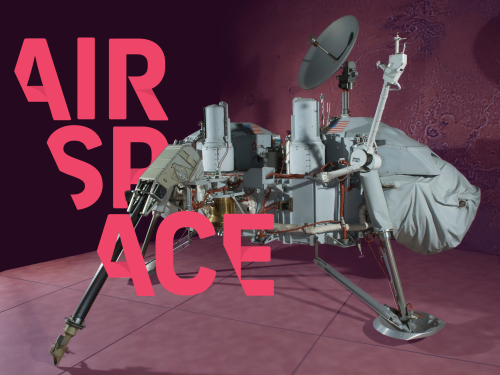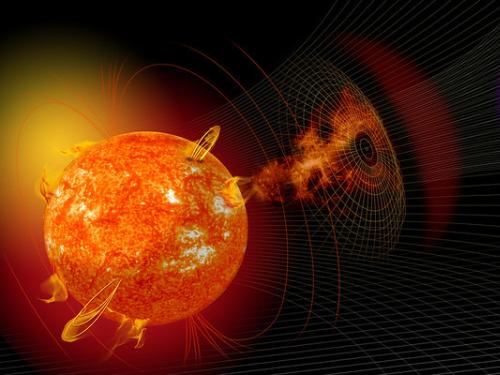
Stories of daring, stories of technological feats, stories of prevailing against the odds ... these are the stories we tell at the National Air and Space Museum. Dive in to the stories below to discover, learn, and be inspired.
Showing 1 - 10 of 111

January 09, 2025
Our museum collection is sometimes a working one. That means that scientists come to do aviation or space research using objects in the Museum.

October 08, 2024
Humankind has known about them for thousands of years. Mercury, Venus, Mars, Jupiter and Saturn are all visible in the night sky with the unaided eye. As such, these planets have been known for thousands of years and there is no one person who can be credited with discovering these planets. These planets appear as bright objects that do not shimmer, like stars do.

July 19, 2024
Ed Stone’s long and distinguished career in space science connects to many of the planetary exploration objects displayed in the galleries at the Smithsonian’s National Air and Space Museum. That so many of the Museum’s objects have connections to his professional achievements illustrates Stone’s significant legacy in space science and exploration.

May 20, 2024
Many books have been written and movies made about the possibility of humans colonizing Mars. Some include descriptions of growing food in habitats or even changing the Martian climate via “terraforming” to enable large scale agriculture. But how realistic is it to think that Earth plants could grow unprotected on Mars today?

October 13, 2023
As a physicist, engineer, entrepreneur, and astronaut, Franklin Chang-Díaz has made significant contributions to space exploration. Born in San José, Costa Rica, he developed a passion for science and space at an early age. He moved to the United States to continue his education and achieve his dream of becoming an astronaut and in 1980, NASA selected Chang-Díaz as an astronaut candidate, making him the first Latin American immigrant to become a NASA astronaut.

October 12, 2023
On September 18, 1941, the Brooklyn Dodgers were in Pittsburgh to play a game against the Pirates. In the fourth inning, with the score tied 0-0, announcer Red Barber’s radio broadcast was disrupted, and listeners suffered 15 minutes of silence. When the broadcast resumed, the Pirates had scored four runs.

July 20, 2023
In modern society, we often take the daily weather report for granted. We turn on the news, open the weather app on our smart phone, or look up our region’s weather on the internet. Have you ever thought about how meteorologists predict the forecast? For a big part of the answer, we need to look to the sky.

June 14, 2023
Rosalind Franklin's legacy inspired the European Space Agency to name an ExoMars Rover for her in 2019. It’s a fitting name since this rover – set to launch later this decade – is programmed to search for genetic molecules or compounds to prove if there was ever life on Mars.

June 02, 2023
Discover the process behind the conservation treatment of a set of batteries that Samuel Langley used in laboratory experiments, providing power to Langley’s later aviation and scientific experiments.

May 18, 2023
As a cub in the 1930s, Gilmore made aviation history when he traveled around the United States with the flamboyant and colorful aviator Roscoe Turner as a mascot for the Gilmore Oil Company. This is the second in a three-part blog series about the conservation treatment of Gilmore the Flying Lion. Explore how the Museum balanced caring for the original taxidermy with the goal to present Gilmore as lifelike as possible.
